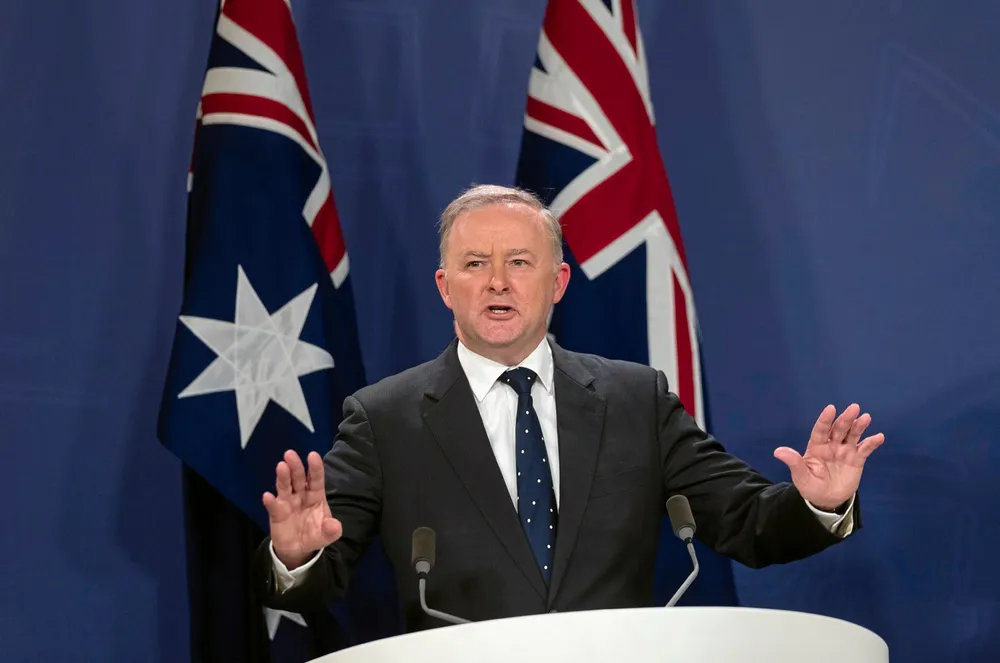Controversial Australian hydrogen power plant will go live next year — without burning any H2
Peaker plant will run on 100% fossil gas, despite receiving political support — and nearly $400m in government funding — to burn at least 15% hydrogen

Peaker plant will run on 100% fossil gas, despite receiving political support — and nearly $400m in government funding — to burn at least 15% hydrogen
